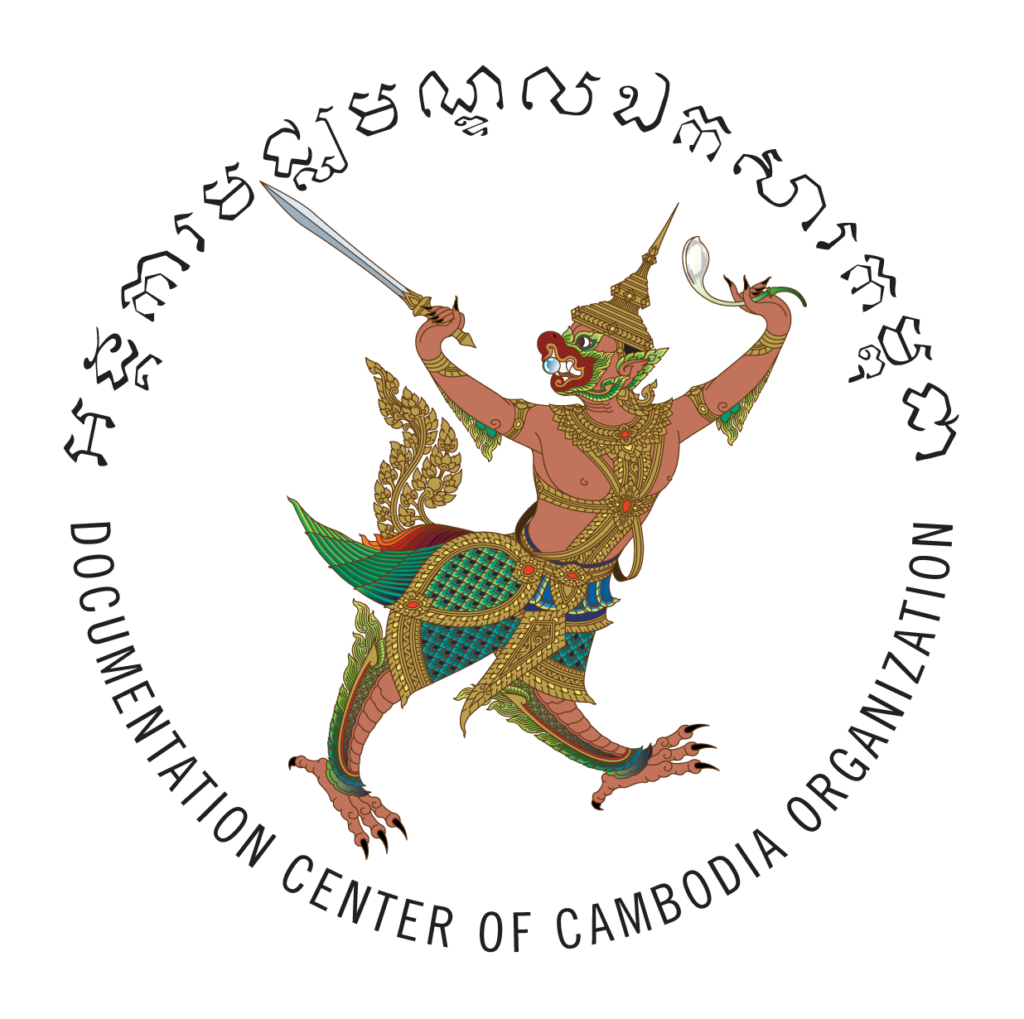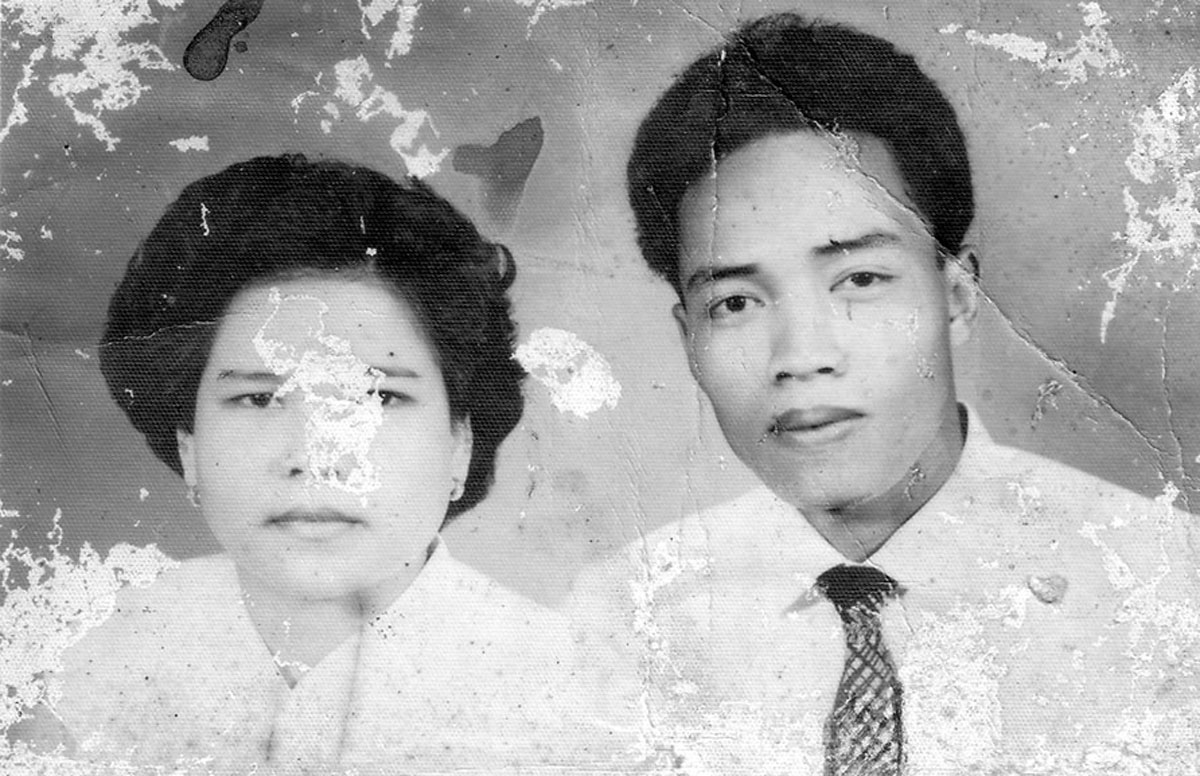When I was young, I wanted to study so that I could become a teacher. I had seen that teachers were well educated, dressed smartly, and did not have to work very hard. But Cambodian tradition was very strict in those days. My parents were afraid that no man would want to marry me if I had a good education. They also said that the school was far from my house and no one would be there to take care of me. Not wanting to go against my parents’ wishes, I quit school when I was in the sixth grade and became a farmer.
My husband Sivutha and I met when he came from Choeung Prey District in Kampong Cham Province to visit my neighbors. He first saw me when I came out of the house to greet my father, who was coming back from the fields. He asked the neighbors about me and they later helped persuade my father to accept his marriage proposal. He gave my family the required 8,000 riels as a dowry.
By 1970, we were living in Kampong Cham provincial town and Sivutha taught sixth grade and worked in an office to make ends meet. Then the regime began drafting teachers to become Lon Nol soldiers for six months. Sivutha never went into battle, he only had military training, but he didn’t like being a soldier. After his six months were up, he asked to work as a teacher again.
There was heavy fighting in Kampong Cham during the Lon Nol regime, and we kept moving from village to village to avoid it. When we had enough of the bombs, Sivutha and I decided to move to Phnom Penh.
Sivutha was able to find work as a high school teacher in Phnom Penh. I stayed home to take care of our seven children and he worked part time as a cyclo driver. However, even before April 17, 1975, situation in Phnom Penh became very tense when many bombs were dropped on the outskirts of the city.
My husband was assigned to teach in provinces, so I asked for permission to move to Battambang Province where my sister lived. We traveled there by plane because the Ministry of Education paid the fare.
The Khmer Rouge took complete control of Battambang in April 1975. When they told us to evacuate, we took all seven of our children and brought only a few possessions. I wanted to go to my hometown, but my husband said we should wait and see how the situation developed before going there. When we arrived at Kamnapp Village, an older local elderly person asked us to live in the cooperative there. Our children were put in mobile units and my husband tended cattle and plowed the fields. I transplanted seedlings.
In 1976, my youngest child died of starvation because I did not have enough milk to feed him. Then my husband died from starvation. There was plenty of good rice in Battambang, but only the Khmer Rouge could eat until they were full. We new people only had rice at harvest time; I don’t know where they sent all the rest.
The day after I buried my husband, five or six teachers and their families who were living in my cooperative were sent to be killed. A Khmer Rouge cadre came to my house and asked, “Where is your husband?” I said my husband had already died. The cadre said, “The Angkar ordered me to take him away, but if he has already died, never mind.” Two more of my children died of starvation after that.
In that regime, we could not even eat a banana that we grew on our own land. The Angkar said everything had to be collected and used cooperatively. If we ate our fruits, we would be accused of betraying the whole cooperative.
I stayed in Kamnapp Village until the Vietnamese soldiers liberated Cambodia, then my children and I traveled back to our home. Today, I am a Buddhist nun; I do good deeds and dedicate my prayers to my husband and three children who died during the Khmer Rouge regime.

